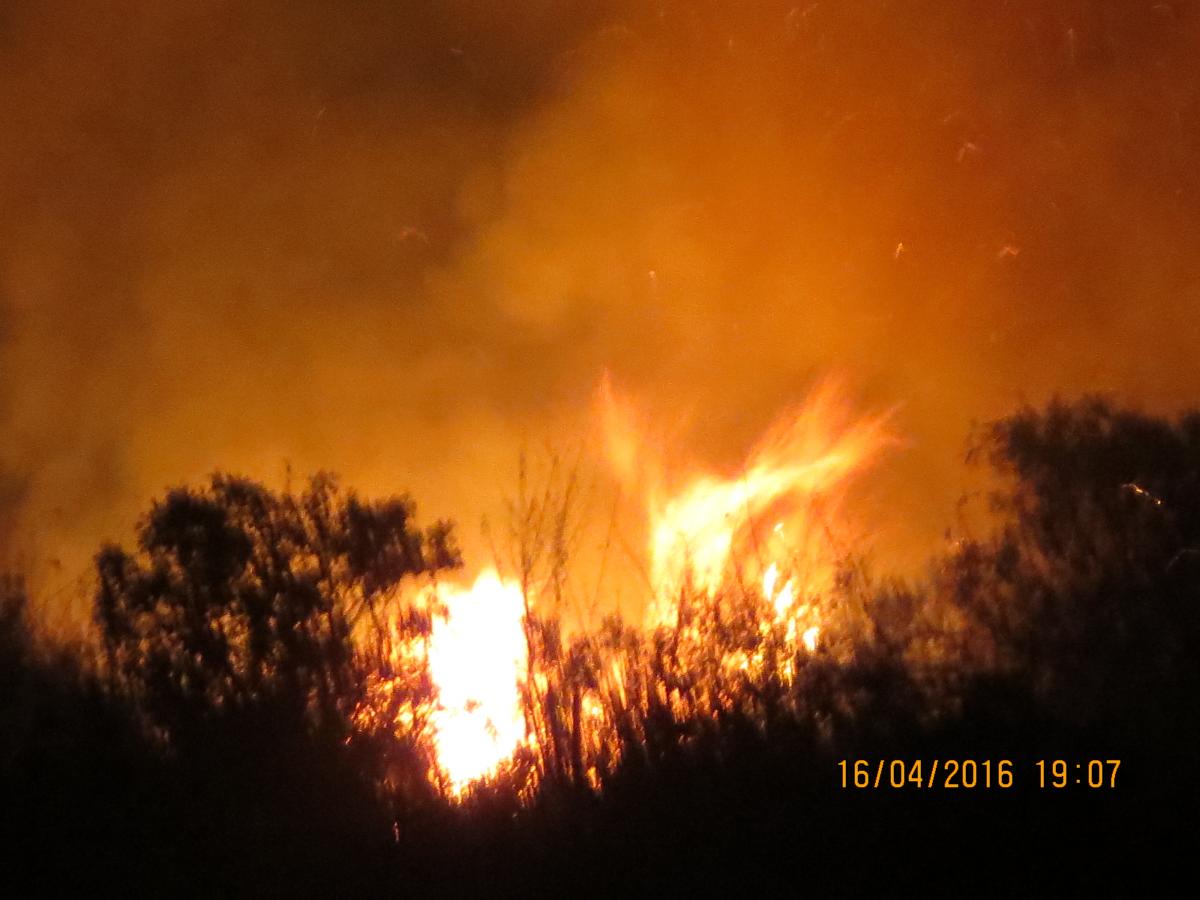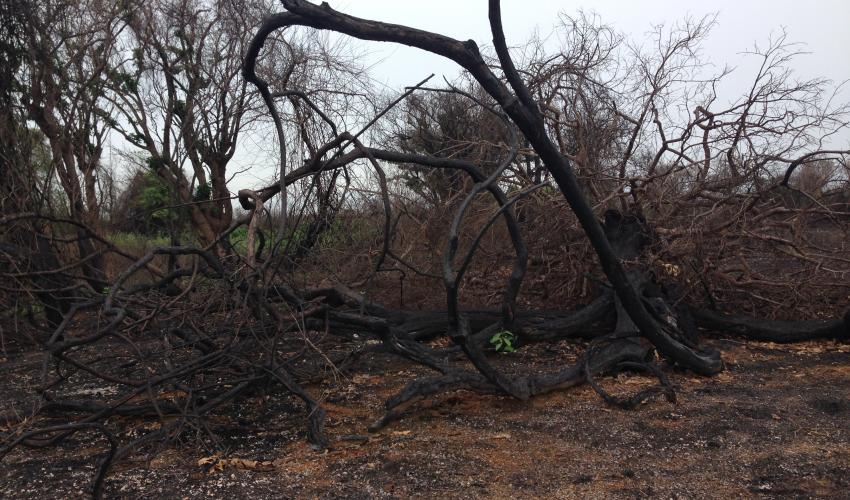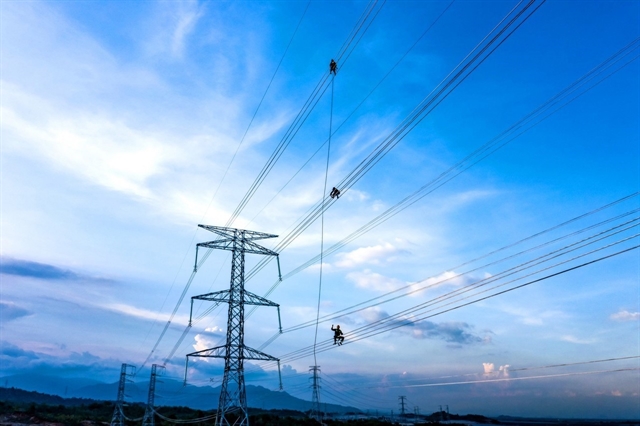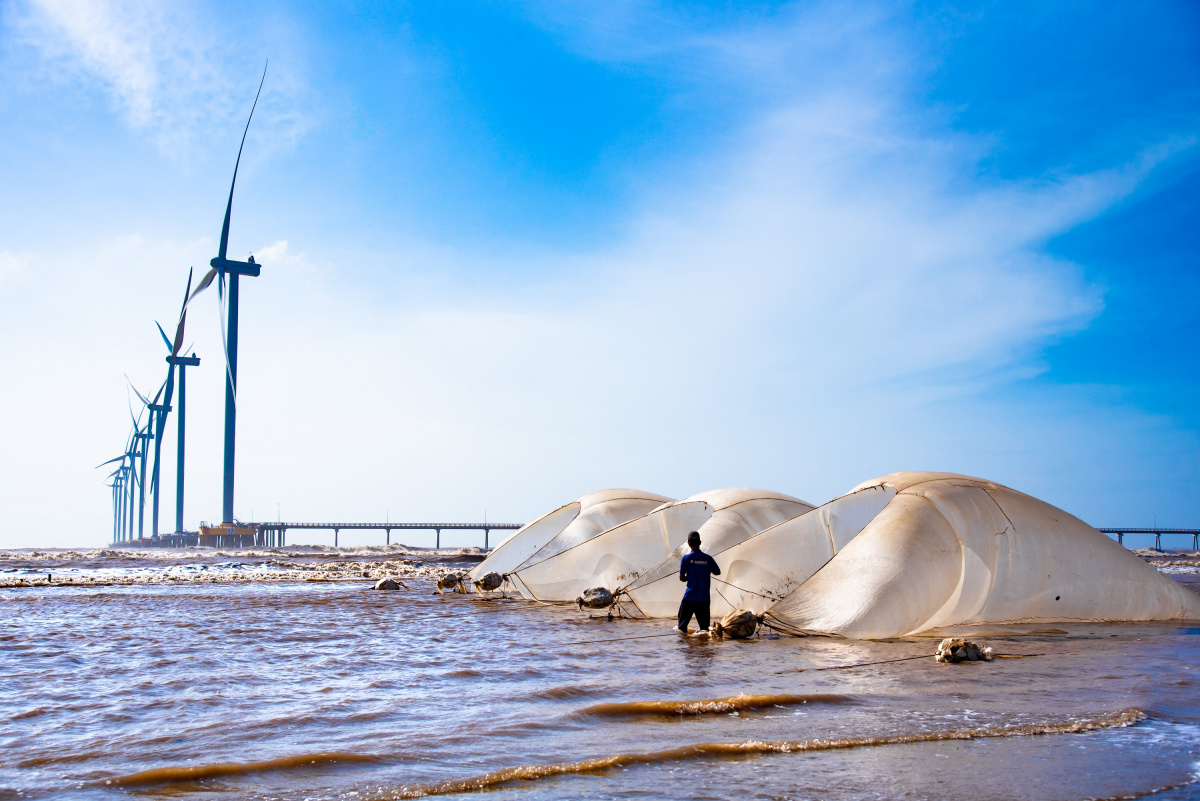Flooded forest fires: a major threat to the Tonle Sap
The Tonle Sap is described by Cambodians as the heart of their culture and national economy. Globally, it is known as the heart of Cambodia’s freshwater fisheries, the largest freshwater lake in Southeast Asia and one of the most productive wetland areas in the world. The flooded forests and floodplains that surround the lake provide shelter for fish to breed as well as important feeding areas. According to the Fisheries Administration, fish, the vast majority of which comes from the Tonle Sap, provide over 75% of protein intake in the Cambodian diet.

Photo: Flooded forests fire in Balot Community – Beoung Tonle Chmmar ©Sun Theoun/Balot CPA, IUCN Cambodia
But the Tonle Sap is under threat from both natural and man-made factors.
As Cambodia’s population and economy grow, competition over the lake's natural resources has intensified. The clearing of flooded forest for rice has a direct impact on fish recruitment, as well as other wildlife.
From March to June this year, water levels in the Tonle Sap reached record low levels due to the extreme heat and drought. These conditions exacerbated forest fires, which have affected all three sites in the Tonle Sap where IUCN/FACT EU-funded fish conservation project intervenes. Prek Toal Ramsar site, which is home for Southeast Asia's largest water bird colony, has been particularly badly hit by both forest fires and encroachment by fishers in search for fishing grounds.
Two factors drive forest fire around the Tonle Sap. The first is accidental: using smoke to harvest honey, burning firewood, and leaving cooking fires unattended. The second is intentional: farmers burn flooded forests to convert to rice, hunt animals, or to set long fishing nets (Sach Daiy) across river channels.
In April, during visits to the three project sites, we found significant differences between them. In Phlov Touk, Teur Sok, Head of Community Fisheries, stated: “We are really busy with forest fire control recently. Forest fires happen every day and are mostly caused by people who burn flooded forest to convert to farmland”. In Balot, So Chea, Deputy Head of the Community Protected Area, said that forest fires are caused by villagers cutting paths through the forest to lay long nets.
Forest fires are a main threat to the flooded forest. As key breeding and feeding grounds for fish and endangered water birds, the loss of flooded forest will lead decreases in both fish and waterbirds. According to Dr. Andrew McDonald at the University of Texas, repeated burning will result in the flooded forest being replaced by grass species, transforming these habitats into flooded grasslands.
 Photo: Flooded forests after fired in Balot Community – Beoung Tonle Chmmar ©Sorn Pheakdey, IUCN Cambodia
Photo: Flooded forests after fired in Balot Community – Beoung Tonle Chmmar ©Sorn Pheakdey, IUCN Cambodia



